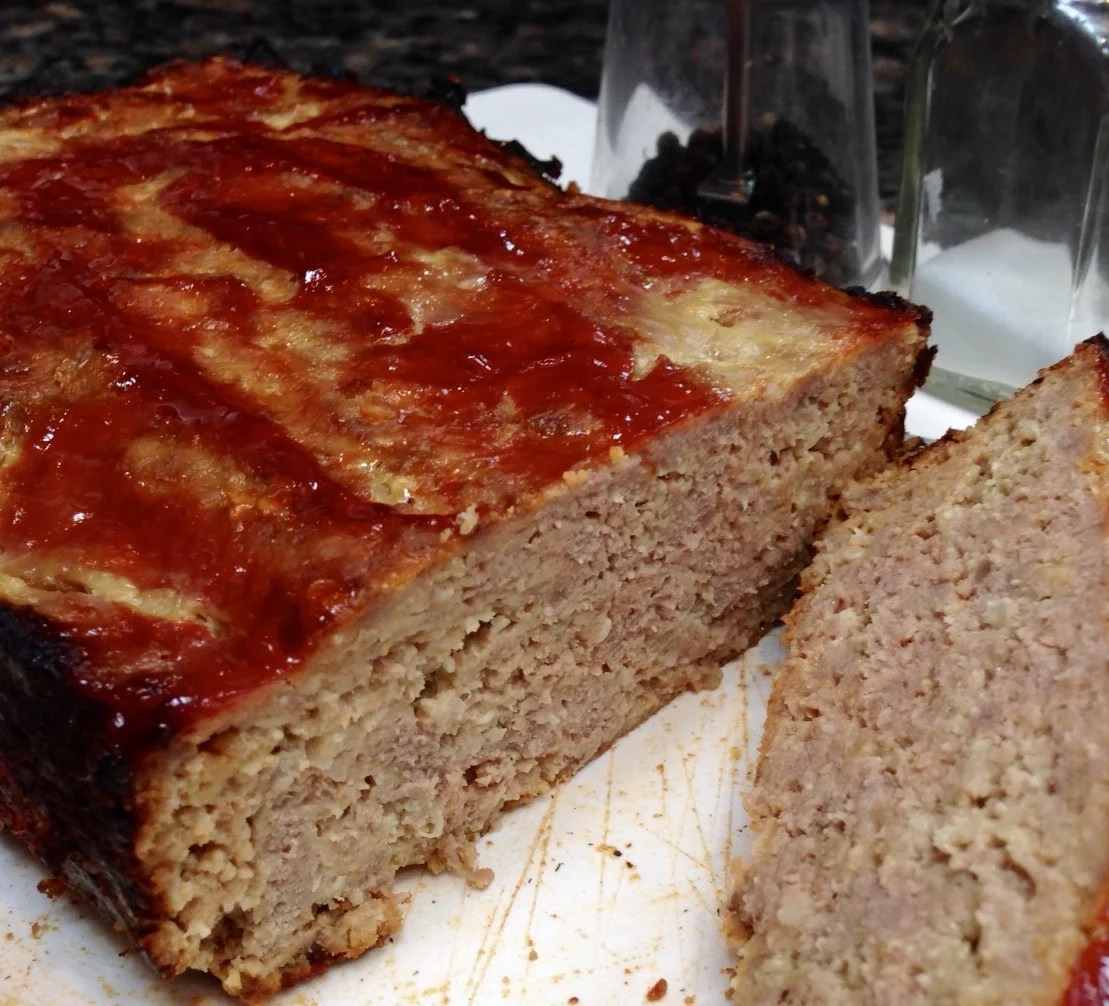Pearl Fein’s Standing Rib Roast
Today is my husband’s birthday. He’s an almost impossible person to buy a gift for. But he is the most possible, positive and terrific person to cook for.
He eats and enjoys whatever food I prepare. He is a good sport and will taste and comment on all the recipe creations and experiments I work on for my newspaper articles and blogging.
So, what to make him for him birthday dinner? (He prefers to stay at home instead of go out, especially ever since our favorite local restaurant closed.)
I thought about Chinese take-out but he nixed that (maybe because he knows it’s not my favorite).
He would be happy with anything he could pour ketchup over, so maybe hamburgers or beef stew? (But those don’t seem festive enough.)
He would really love a corned beef sandwich on rye bread but our local deli’s stuff is awful and I don’t feel like driving into New York City and downtown to Katz’s to get one (even though they have some of the best corned beef sandwiches in the world).
He isn’t much of a dessert eater, so even though I make decent pie and cake, none of that would do it for him (although he does like European style, dense chocolate cake with apricot filling …).
He adores candy, but I usually don’t make my own, so I bought him his favorite dark chocolate-almond bark and a bagful of red-colored, chocolate coated candies filled with pomegranate.
After thinking it all over, I decided I’ll make Rib Roast. The way his mama made it. He really really loves that. It was his mother, Pearl Fein, who taught me how to make a Rib Roast. She would always make this dish for special family occasions. They were always so wonderful (the beef and the occasions).
So, that’s it. And here is her recipe, which I’ve posted before, but it’s worth doing again:
Pearl Fein’s Standing Rib Roast
1 2-3 rib beef roast
kitchen string
1 tablespoon paprika
1-1/2 to 2 teaspoons salt
1 teaspoon freshly ground black pepper
1 to 1-1/2 teaspoons garlic powder
water
Preheat the oven to 450 degrees. Carve the meat from the bones as close to the bone as possible so that you are left with a round beef roast and L-shaped bones. Tie the meat back onto the bones with kitchen string. (This procedure makes it much easier to carve the cooked meat.) In a small bowl, combine the paprika, salt, pepper and garlic powder plus enough water to form a paste. Brush the paste on all of the meat and bone surfaces. Place the roast bone side down in a roasting pan. Roast for 20 minutes. Lower the heat to 350 degrees and cook for about 15 minutes per pound or until it is cooked to the doneness you like. Use a meat thermometer (place it in the middle of the meat) and remove the meat from the oven when it reaches 115 degrees F for rare and 130 degrees F for medium. Let the roast rest for 15-20 minutes before you carve it (the temperature will rise a bit during that time). Snip the strings and place the now-boneless roast on a carving board to slice.
Makes 4-6 servings



